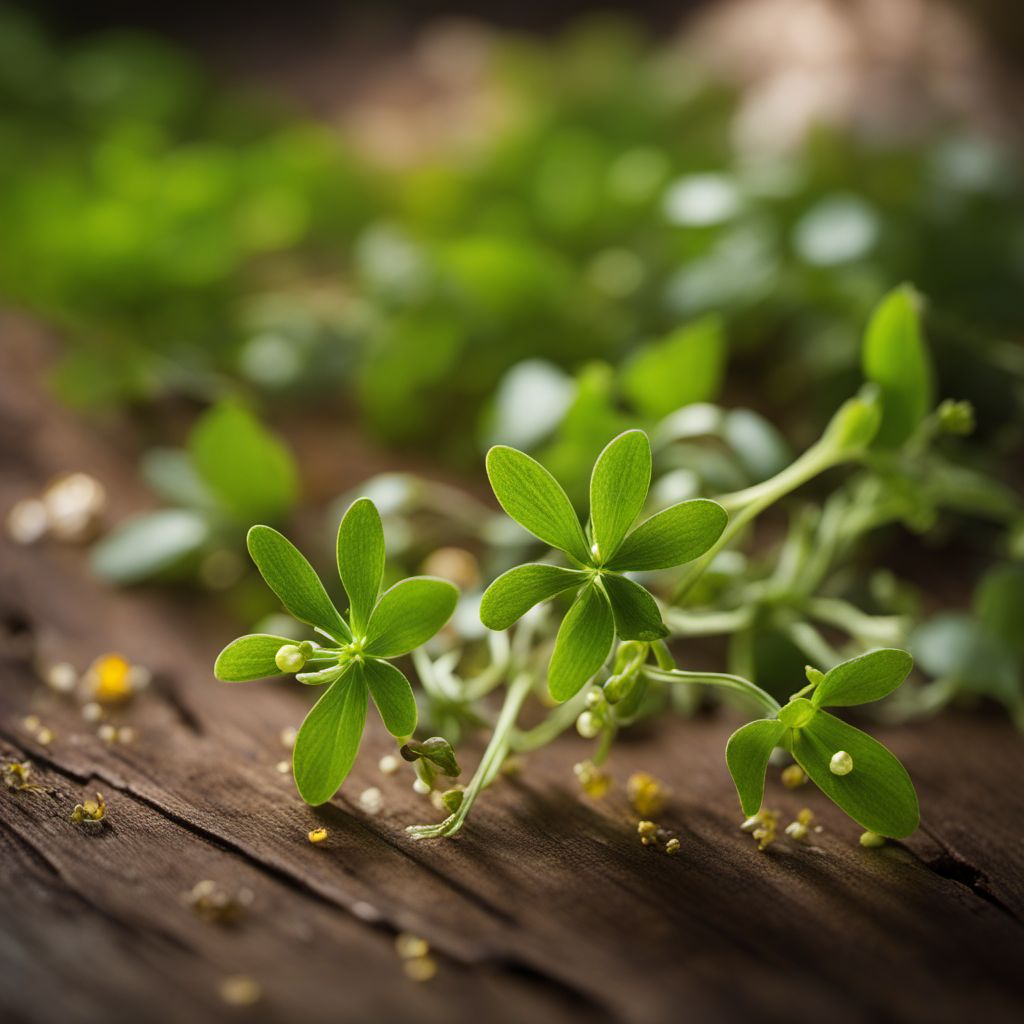
Ingredient
Pimpernel infusion roots
The Hidden Elixir: Unveiling the Pimpernel Infusion Roots
Pimpernel infusion roots are small, gnarled roots that come from the pimpernel plant, a member of the primrose family. They have a dark brown exterior and a pale yellow interior. These roots have a strong, earthy flavor with hints of bitterness and a slightly sweet undertone. When dried and crushed, they release a fragrant aroma that is reminiscent of fresh herbs and spices. The infusion roots are typically used to make herbal teas, tinctures, and extracts due to their medicinal properties and unique flavor profile.
Origins and history
Pimpernel infusion roots have a long history of use in traditional medicine and herbal remedies. They are believed to have originated in Europe and have been used for centuries to treat various ailments, including digestive issues, respiratory problems, and skin conditions. These roots were highly valued by ancient civilizations for their healing properties and were often used by herbalists and apothecaries. Today, pimpernel infusion roots are still used in herbal medicine and are gaining popularity in the culinary world for their unique flavor and potential health benefits.
Nutritional information
Pimpernel infusion roots are low in calories and fat, making them a healthy addition to various recipes. They are also a good source of antioxidants, vitamins, and minerals, including vitamin C, iron, and potassium. Additionally, these roots contain compounds that have anti-inflammatory and antimicrobial properties, which may contribute to their potential health benefits.
Allergens
There are no known allergens associated with pimpernel infusion roots.
How to select
When selecting pimpernel infusion roots, look for roots that are firm and free from mold or decay. They should have a dark brown exterior and a pale yellow interior. Avoid roots that are soft or have a strong, unpleasant odor, as these may indicate spoilage. If possible, choose organic roots to ensure they are free from pesticides or other chemicals.
Storage recommendations
To maintain the freshness and quality of pimpernel infusion roots, store them in an airtight container in a cool, dark place, such as a pantry or cupboard. Avoid exposing them to moisture or direct sunlight, as this can cause them to spoil or lose their flavor. Properly stored, pimpernel infusion roots can last for up to a year.
How to produce
Pimpernel plants can be grown from seeds or propagated through root cuttings. They prefer well-drained soil and partial shade. Plant the seeds or cuttings in the spring or fall, and water regularly to keep the soil moist. Harvest the roots after the plant has reached maturity, typically after 2-3 years. Carefully dig up the roots, wash them thoroughly, and dry them in a cool, dark place before use.
Preparation tips
Pimpernel infusion roots can be used to make herbal teas, infusions, or tinctures. To make a tea, steep a few crushed roots in hot water for 5-10 minutes, then strain and enjoy. They can also be added to soups, stews, or sauces to enhance their flavor. Additionally, pimpernel infusion roots can be used in baking to add a unique twist to cakes, cookies, or breads. Experiment with different recipes and cooking techniques to discover the best way to incorporate these roots into your culinary creations.
Culinary uses
Pimpernel infusion roots are commonly used to make herbal teas, infusions, and tinctures. They are also used as a flavoring agent in various dishes, such as soups, stews, sauces, and baked goods. In some cultures, these roots are believed to have medicinal properties and are used in traditional medicine to treat various ailments.
Availability
Pimpernel infusion roots are commonly available in Europe, particularly in countries like France, Germany, and the United Kingdom. They can also be found in specialty stores or online retailers that specialize in herbal products and ingredients.
More ingredients from this category » Browse all
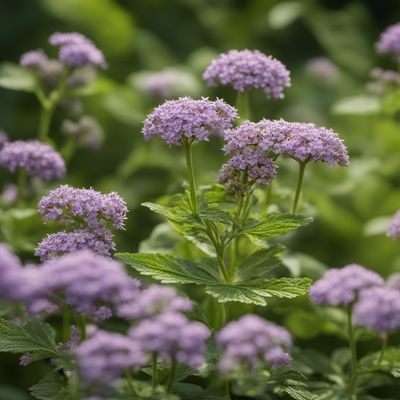
Valerian infusion roots
The Tranquilizer: Valerian Infusion Roots

Golden root infusion roots
"Nature's Golden Elixir: Unveiling the Secrets of Golden Root Infusion Roots"

Calamus infusion roots
The Aromatic Elixir: Calamus Infusion Roots

Cowslip infusion roots
The Hidden Power of Cowslip Infusion Roots: A Culinary and Medicinal Marvel

Elecampane infusion roots
The Healing Power of Elecampane
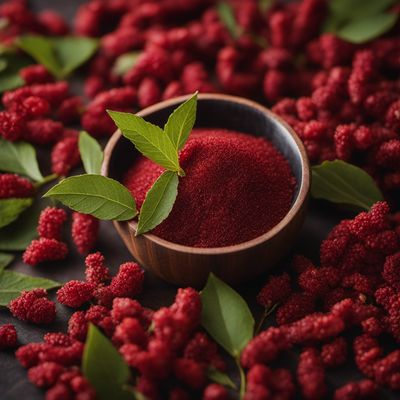
Fragrant sumac infusion roots
The Aromatic Essence
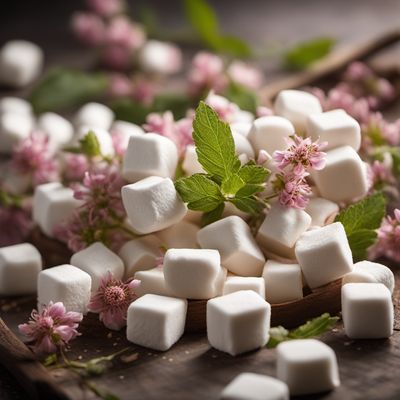
Marshmallow infusion roots
The Soothing Elixir

Rhatany infusion roots
The Hidden Gem: Unveiling the Power of Rhatany Infusion Roots

Tormentil infusion roots
The Healing Power of Tormentil

Blue flag infusion roots
Nature's Elixir: Unveiling the Wonders of Blue Flag Infusion Roots
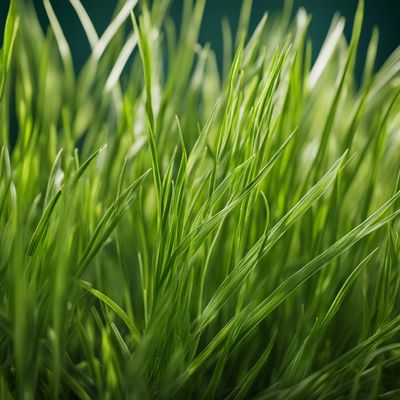
Couch grass infusion roots
Unveiling the Power of Couch Grass Infusion: A Natural Remedy and Culinary Delight
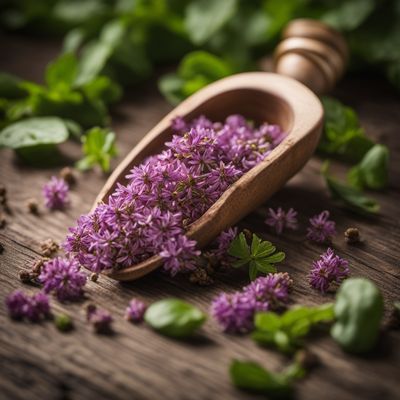
Mexican valerian infusion roots
"The Tranquilizing Elixir: Unveiling the Secrets of Mexican Valerian Infusion Roots"